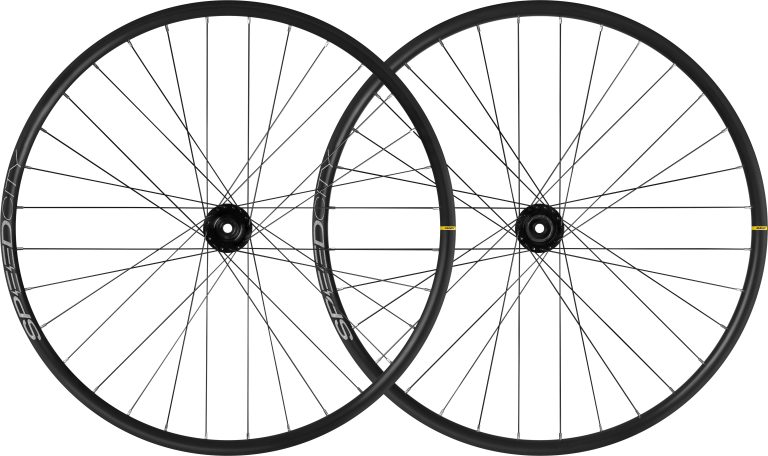How do wheel weight and design affect acceleration, especially at traffic lights and intersections?
The weight of the wheel plays a direct role in acceleration: lighter wheels require less energy to accelerate, which is advantageous when stopping and starting in urban areas. Design, in particular rim profile and spoke count, can also influence aerodynamics and stiffness. Wider rims can accept wider tires, offering greater comfort but potentially slightly reduced acceleration. For urban riding, balancing comfort, durability and acceleration is essential to navigate traffic efficiently.


